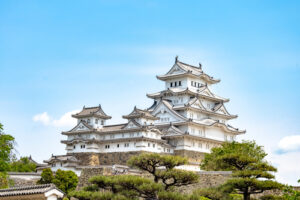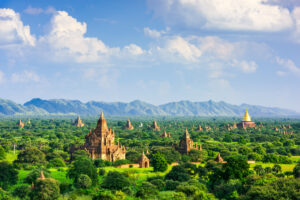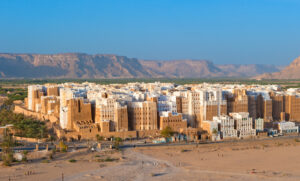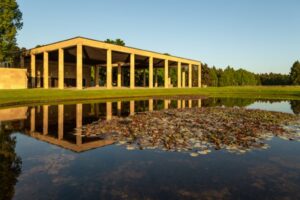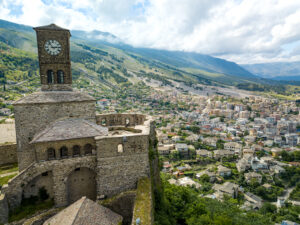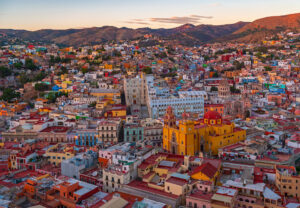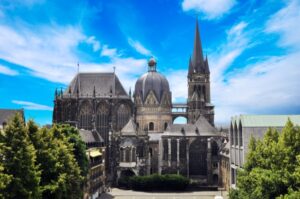| Registration Classification | cultural heritage |
| Registration Criteria | (1), (4) |
| Year of registration | 1993 |
Everyone knows that Himeji Castle in Hyogo Prefecture is famous for its beauty, also known as “Shirasagi-jo” (White Egret Castle), and that Himeji Castle is registered as a World Cultural Heritage site. By the way, why is Himeji Castle registered as a World Heritage Site?This is surprisingly unknown!
Here, a World Heritage enthusiast explains in an easy-to-understand manner why Himeji Castle is a World Heritage Site in this issue. Read this and you will definitely learn more about Himeji Castle!
What is the World Heritage Site, Himeji Castle? Where is it located?
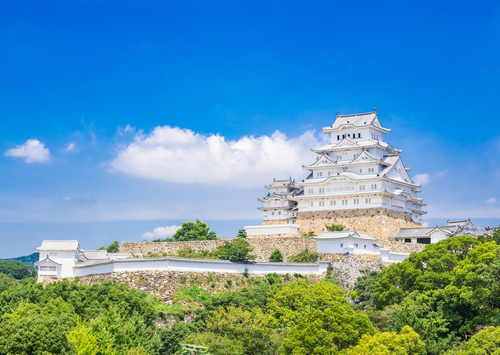
Himeji City, the central city in the western part of Hyogo Prefecture, is the center of Harima (Harima, a region in southwestern Hyogo Prefecture) and has long flourished as a major transportation hub. In 17th century, Himeji Castle is not only the symbol of the city, but is also considered one of the best examples of fortified castle architecture in Japan.
What is the history of Himeji Castle? A Brief Explanation
When was Himeji Castle built?
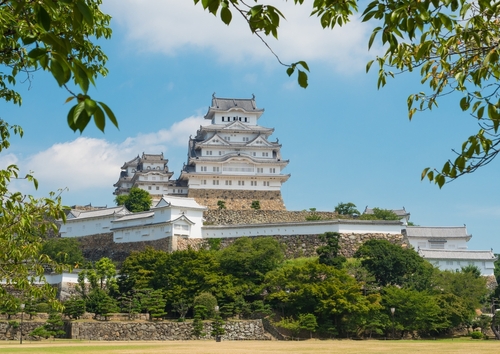


Based on the castle built in the 14th century by the Akamatsu clan, who were the guardians of Harima Province, the castle was handed over to Hideyoshi Hashiba (1537-1598) when Toshitaka Kuroda (Kanbei Kuroda, 1546-1604) became the castle lord in 1567, and in 1580 the castle underwent major renovations, at which time it became a modern castle. In 1600, Terumasa Ikeda (1565-1613) became the lord of the castle, and the castle was again extensively renovated, and the basic structure leading to the present day, including the castle tower and the ring, was built.
In 1617, Tadamasa Honda (1575-1631), a nobility of the Tokugawa family, entered the castle, and the western part of the castle was built for princess of Sen, the grandson of Tokugawa Ieyasu. During this period, almost all of the structure of Himeji Castle seen today was completed.
Himeji Castle, which withstood air raids, was registered as a World Heritage Site after undergoing major renovations in the Showa period.



In the Meiji era, the castle gradually fell into disrepair, although it was never demolished, and in 1928 it was designated as a historic site.However, during the Pacific War, it was dyed black because its white exterior was very conspicuous. Nevertheless, although the Honmaru and Ninomaru were bombed, they miraculously escaped being destroyed by fire.
In 1956, the castle underwent the “Showa Era Repairs,” during which the foundation stones were removed and replaced with reinforced concrete foundations, and in 1993, when it became a World Heritage Site, the castle underwent the “Heisei Era Repairs,” during which the plaster on the keep was repainted and new tiles were installed.
Who were the successive owners of Himeji Castle? Who built the current castle?
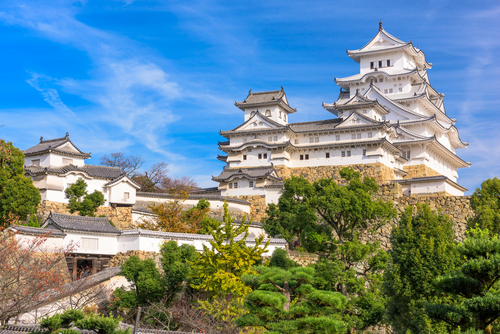


Kanbei Kuroda (Yoshitaka Kuroda, 1567-1580)
Kanbei Kuroda (Yoshitaka Kuroda) was born in Himeji in 1546. His grandfather, Shigetaka (1508-1564), is said to have become the lord of Himeji Castle in 1545, and the castle at that time was about the size of a residence. However, when Hideyoshi Hashiba received an order from Nobunaga Oda to attack Mori and moved into Harima, the Kuroda clan entered the service of Hideyoshi and moved to Ninomaru in 1577, handing the main castle to Hideyoshi.
Hideyoshi Toyotomi (during the reign of Hideyoshi Hashiba, 1580-1583)
When Hideyoshi pacified Harima, Kanbei handed over Himeji Castle to Hideyoshi as his headquarters in 1580, and Hideyoshi rebuilt it into a modern castle with a stone-walled castle tower. The castle was then renamed “Himeji Castle”. However, after striking Akechi Mitsuhide in the Battle of Yamazaki in 1582, he moved his base to Osaka Castle, and his brother Toyotomi Hidenaga entered the castle instead.
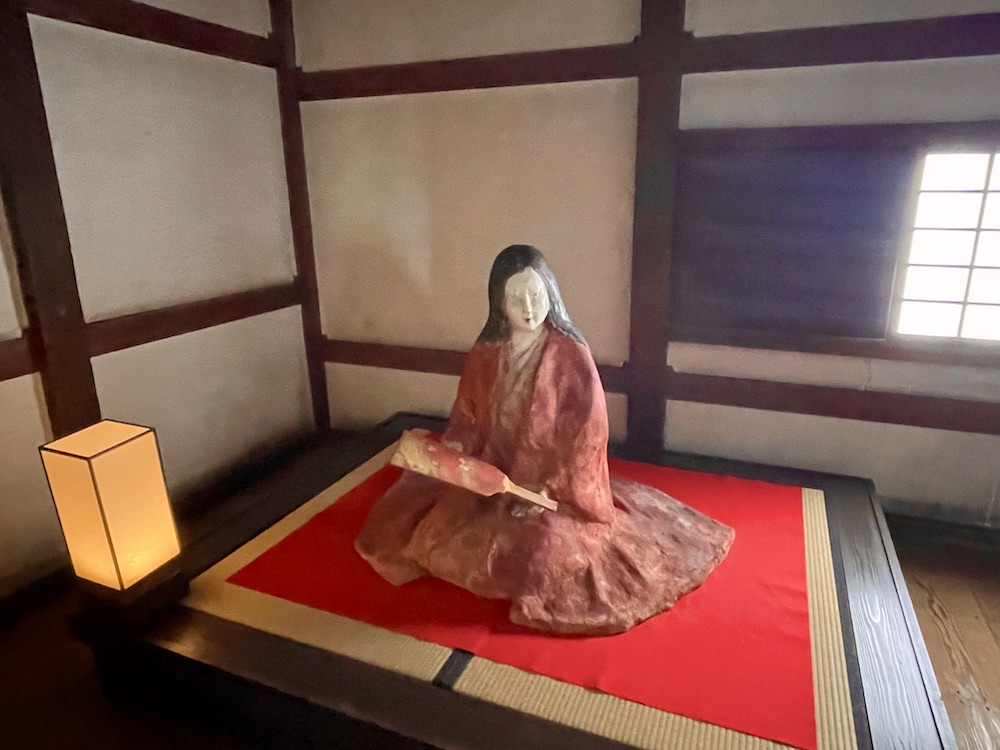


Terumasa Ikeda (1600-1613)
Terumasa was a military commander on the side of Ieyasu Tokugawa during the Battle of Sekigahara, and for his distinguished service was transferred from Yoshida Castle to Harima. 1601-8 saw major renovations, including the construction of a canal that would later connect the outer moat to Himeji Port, but the project was abandoned upon his death.The foundation of the present Himeji Castle was laid around this time.
Tadamasa Honda (1617-1631)
The lord of the castle who replaced Ikeda was Tadamasa, the eldest son of Tadakatsu Honda(1548-1610), an important vassal of Ieyasu Tokugawa, who played an active role in the Osaka Summer Battle of 1615. He entered the castle as a western kingdom holder, and when princess of Sen married in 1618, the Nishi-no-Maru was developed by makeup fees, and the present Himeji Castle was almost completed.
Himeji Castle has another name “Shirasagi-jo”? What are its characteristics?
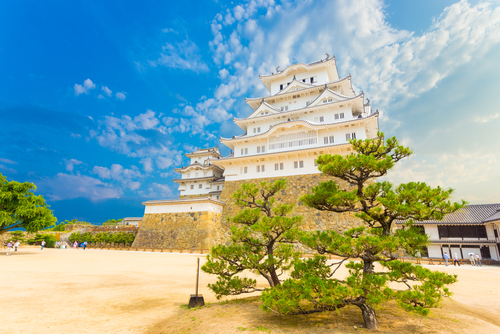


The castle’s expansive grounds are home to 82 structures, eight of which are national treasures and 74 of which are important cultural properties, making it a gorgeous structure. Also known as “Shirasagi-jo,” the castle’s exterior, unified by white plaster, is unparalleled in the world for its intricate arrangement of structures and layered roofs. The castle’s sections, called “Kurin,” are built in a spiral shape, with a three-story water moat and other features that make it an impregnable fortress (design).
The castle tower of Himeji Castle was built on top of a mountain called Himeyama (45.6 m above sea level). The height of the main keep is 14.85 m for the stonewalls and 31.5 m for the structure, so the total height with Himeyama is 92 m.
For what reason is Himeji Castle registered as a World Heritage site?
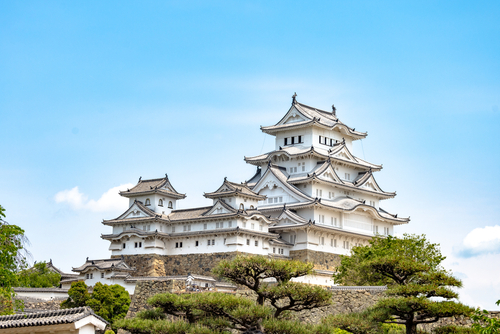


Himeji Castle was evaluated for the following points
Registration Criteria (i)
That Himeji Castle is a masterpiece of wooden architecture, with its white plaster exterior and the beautifully intricate arrangement of its structure and roof layers.
Registration Criteria (iv)
It is the culmination of Japanese castle architecture and that it retains all of its architectural techniques.
In other words,
Himeji Castle, with its white plaster exterior, is a masterpiece of Japanese castle architecture, not only for its beauty but also for the practicality of its roof structure.”
Highlights of Himeji Castle
1.Tenshu-maru and Bizen-maru
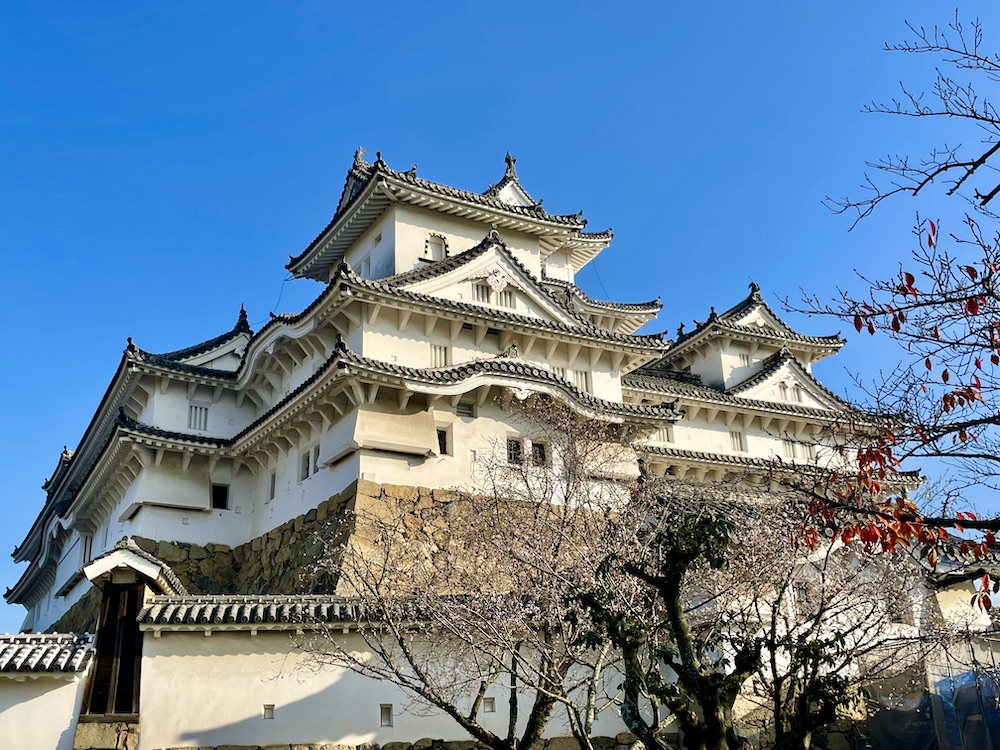


The keep of Himeji Castle is one of the 12 existing keep in Japan. The present keep, which dates back to the Terumasa Ikeda era, consists of four parts: the main keep with karahafu and chidori-gafu, and the three-story east small keep, west small keep, and dry small keep.These keepers are connected by a series of turrets (buildings that serve as passageways), which is called a renritsu-shiki tenshukaku.
To the south of the keep, there used to be a main palace called Bizen-maru, which was the residence of the lord of the castle, but it was destroyed by fire in 1882. It was destroyed by fire in 1882 and is now vacant.
Click here for more information↓



2.Nishi-no-maru
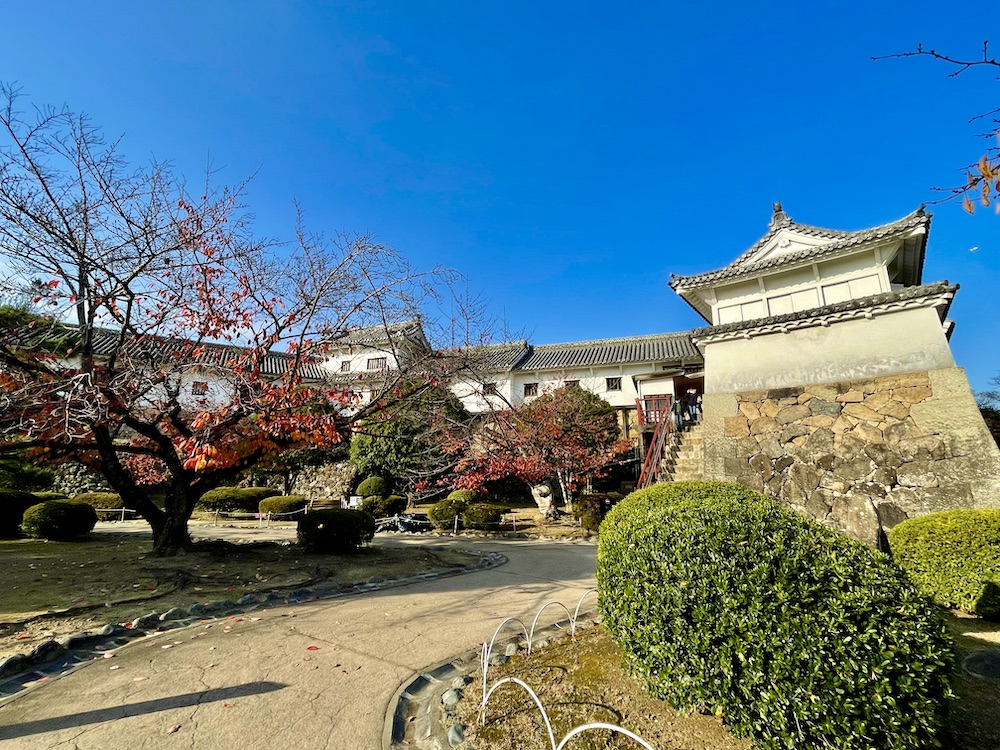


The residence built by Tadamasa Honda, is called “Nishi-no-maru” because it was located west of the main castle .A make-up turret built when princess 0f Sen, a grandson of Ieyasu Tokugawa, was married to Tadamasa’s son, Tadatoki, is still standing. Although the inner pavilion does not exist, the corridor of the castle wall called Watariyagura (long station) remains, from which you can see the narrow space, a space built for shooting guns, and the stone-drop mechanism.
For more information, click here↓
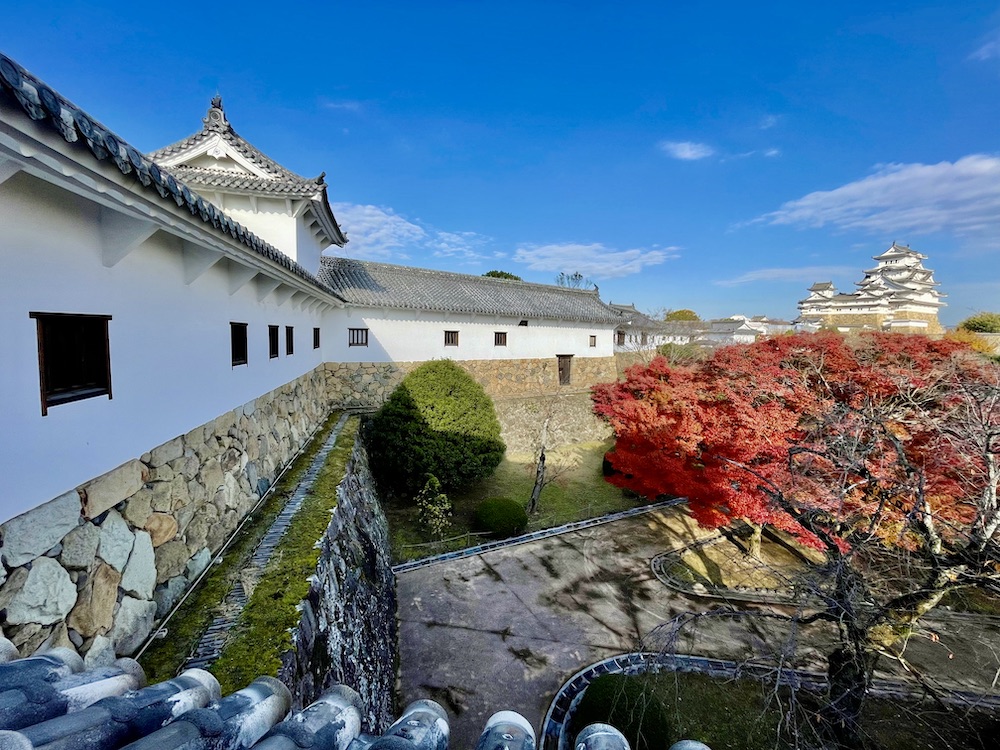


Conclusions and Thoughts of a World Heritage Maniac
The reason why Himeji Castle became the one and only castle is due in part to the fact that it was not possible to build a magnificent castle like Himeji Castle until the first half of the 17th century because of the One Castle per One Country Order in the Edo period. Moreover, Himeji Castle was built in a luxurious manner by the lord of the castle, who was related to the Tokugawa family, without regard to profitability, because of the long period of warfare. A combination of various circumstances led to the creation of the highest peak of castle architecture in Japan.
However, because it was so magnificent, Himeji Castle was also a castle that continually put financial pressure on the government to maintain it. However, it is also very fortunate that it survived the end of the Edo period and the Pacific War without sustaining much damage.
This is a study based on research conducted by a World Heritage enthusiast. As for the data, interpretation differs depending on the media.
